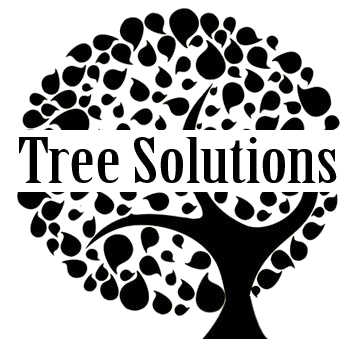FAQ
- What is an arborist?
An arborist is also known as an arboriculturist or tree surgeon. This a professional who practices arboriculture. Arboriculture is the management, cultivation, and study of individual vines, shrubs, trees, and other woody plants. An arborist will perform other functions such as growth, diseases, how trees react to pruning, etc. They are technically a tree specialist.
- When is the best time to prune or remove trees?
Many people assume that tree pruning should happen during fall. This should not be the case as this could damage or kill your trees. You want to prune the trees in late fall as the spring season kicks in. Remember, the pruning cycle for a tree could be somewhere between 3 to 5 years, depending on the size and health of the tree.
- What are the benefits of pruning a tree?
Pruning a tree has got many advantages such as:
- Promote plant health
- Protecting your property and family
- Maintain landscapes
- Is topping a tree a good idea?
Topping is cutting off the top part of a tree to maintain a height you like. This is not a brilliant idea since it exposes the tree to some risk. It stresses the tree in that it removes the leaf-bearing crown, and probably you already know the leaves are the factories that manufacture food for the tree. Topping could also lead to the decay of the tree because of the wounds the tree may be unable to close.
- What is tree felling?
Felling a tree is just like the name says it. It is cutting down a tree and dropping it in the desired place. The one who cuts down that tree is known as a feller.
- How often should I fertilize my trees?
The newly planted trees should be lightly fertilized until they are old enough. The tree expert Uxbridge advice on annual fertilization of the rapidly growing trees to enhance the rapid establishment. The mature ones may require fertilization every three or two years to maintain vigor and color
- What are the factors that determine how much a tree removal project will cost?
The factors include the tree's height, with the larger trees from 60 feet high being more expensive. Its diameter and condition are other determining factors. The tree's location will also determine the cost since it could be needing some expertise to cut it and direct it to a desired point.
- What is stump removal?
When a tree is cut down, there is that remaining part of the tree that remains. This is the roots part found underground and a piece of the tree protruding from the ground. This remaining part of the tree is known as a stump, and since not many people love them in their backyard, they talk to a tree contractor Durham region to remove it. The process of removing the entire piece of tree that was remaining is called stump removal.
- What is stump grinding, and do I need this service when removing a tree?
Stump grinding is reducing the size of a stump to below the ground level to make it invincible. Most stumps are left in the backyard and could be dangerous to kids since they protrude. Grinding reduces their size up to 4 inches in the ground without actually removing the entire root system. Tree grinding is ideal since it leaves the backyard clear with no stumps coming from the ground where a tree was fell.
- What should I be looking for when hiring a tree removal company?
- Look for the licensure and their credentials.
- Ask for referrals
- Look at the insurance of the company
- Employee training
- Compare their services
- Ask about the equipment they use
- Inquire for an estimate
- What is the range of costs for tree removal and stump removal?
Tree removal may cost you from $150 to $1,500 depending on various factors such as the location, the size of the tree, and its diameter. Stump removal could be somewhere from $60 to $350, while if you choose the stump grinding option, you could be charged from $75 to $1,000.
- Can I, as a homeowner, do anything to help extend the life of my trees?
Yes, you can do a lot to extend the lifespan of your tree at home. Take good care of the newly planted trees by watering them regularly and protecting them from elements such as wind. Prune the trees regularly, remove any water sprouts and suckers and also protect the tree from animals. Ensure you regularly evaluate the tree's condition; in case of any diseases, you can have a tree expert, Uxbridge, tell you what to do.
- What precautions do you take when removing a tree from my backyard?
We inspect the area first for any hazards such as electrical wires, beehives etc. We use protective equipment while working on the tree, such as safety goggles, gloves, and helmets. The area is marked off that no passerby may get injured as we fell the tree. We will even place a worker to ensure no one is coming too close.
- When is the best time of the year to prune a tree?
The ideal time to prune is early spring and late fall.
- How can I save a dying tree?
First, you have to determine what is the problem. After that, correct any watering issues the tree had and mulch it properly. You could use fertilizer but with the right amount and the correct fertilizer to address the issue with the tree. You can consider pruning the tree properly afterward. Again, if you need a tree expert to provide you with advise, give us a call and we can assist.
- What areas in Durham do you service?
Uxbridge is a fairly small town of approximatelt 21,000 residents. As a local company operating in the Durham region our area of service includes the city of Uxbridge and the surrounding areas of Port Perry, Brooklin, Whitby and Oshawa.




